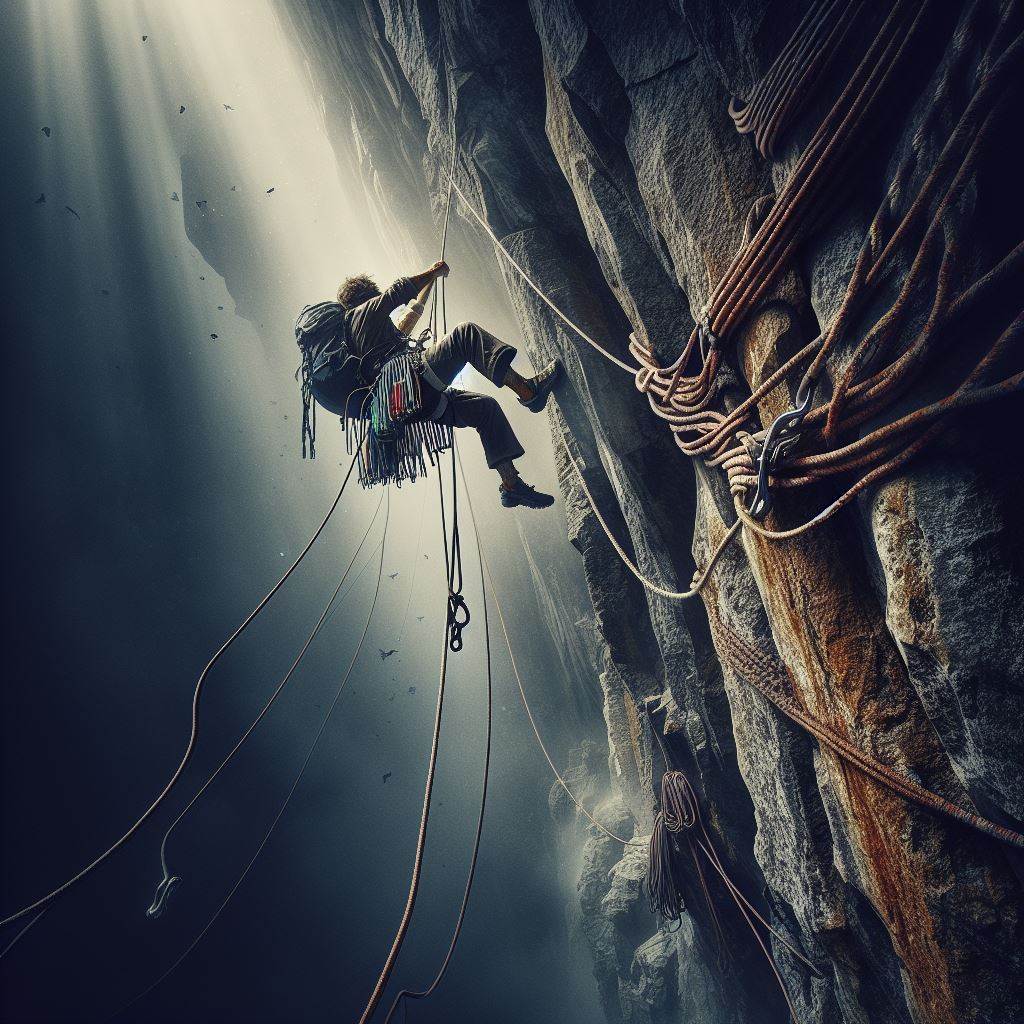Dangerous Sports are a thrilling way for individuals to challenge themselves physically and mentally. Some sports, such as extreme sports, motor racing, mountaineering, big wave surfing, and mixed martial arts (MMA), involve high risks due to their intense physical demands and hazardous environments.
Athletes in extreme sports like snowboarding, base jumping, and rock climbing confront high speeds, heights, and unpredictable conditions, requiring preparation and skill to mitigate risks.
Factors such as adverse weather, equipment malfunctions, and human error can amplify the danger levels, making safety awareness crucial in these pursuits.
5 Dangerous SportsExtreme Sports
Extreme sports involve a high degree of risk due to their intense physical demands and hazardous environments, fueling participants’ adrenaline.
Enthusiasts of extreme sports seek the thrill and challenge of pushing their limits in pursuits such as snowboarding, base jumping, and rock climbing.
Examples of Extreme Sports
Some popular extreme sports include snowboarding, where athletes carve down steep slopes at high speeds, base jumping. This involve participants leap from tall structures or cliffs with a parachute, and rock climbing. Additionally, climbers scale vertical cliffs and rock faces, often without ropes.
Why Extreme Sports are Considered Dangerous
The high speeds, heights, and unpredictable conditions in extreme sports necessitate athletes to be well-prepared and skilled to mitigate risks, resulting in inherent dangers.
Factors such as adverse weather, equipment malfunctions, and human error can amplify the danger levels, making safety awareness crucial in these pursuits.
Motor Racing
Motor racing has a rich history dating back to the late 19th century, evolving from informal races to professional competitions like Formula 1 and Rally. It has become a global phenomenon, attracting millions of fans and some of the most skilled drivers in the world.
Types of Motor Racing
Formula 1, Rally, and other motor racing forms involve high speeds, tight turns, and close competition, necessitating drivers to navigate unique risks. Each type of racing demands different skills and strategies, but all involve significant risks to both drivers and spectators.
Risks and Safety Measures in Motor Racing
Motor racing poses hazards such as crashes, fires, and mechanical failures, prompting strict safety regulations, advanced vehicle designs, and protective gear to ensure driver safety.
Engineers and designers develop safety innovations like roll cages, fire-resistant suits, and crash barriers to protect participants and mitigate risks.
Mountaineering
Mountaineering has been practiced for centuries, with early explorers tackling challenging peaks before the sport became popularized in the modern era. It involves ascending mountains and other elevated terrain, often in remote and harsh environments.
Most Dangerous Mountains to Climb
Mountains like K2, Annapurna, and the Eiger are notorious for their treacherous conditions and high fatality rates, posing significant challenges to climbers.
Their extreme weather, technical difficulties, and unpredictable terrain make successful ascents of these peaks rare and perilous.
Challenges Faced by Mountaineers and Safety Precautions
Mountaineering faces risks like extreme weather, avalanches, and altitude sickness, necessitating rigorous training, specialized equipment, and strict safety protocols for climbers.
Skills such as route-finding, rope techniques, and wilderness survival are essential for navigating the dangers of high-altitude climbing.
Big Wave Surfing
Big wave surfing involves riding massive waves in challenging conditions, testing surfers’ skills, nerve, and physical capabilities. Considered one of the most exhilarating and dangerous water sports, it requires surfers to confront towering walls of water with precision and bravery.
Locations with the Biggest Waves for Surfing
Nazaré, Jaws, and Teahupo’o are popular surf spots in due to their massive swells and unique oceanic features.
Inherent Dangers and Safety Measures for Big Wave Surfers
Surfers require expert knowledge, physical fitness, and safety equipment to minimize risks from dangers like wipeouts, strong currents, and collisions.
Protective gear such as impact vests, helmets, and inflatable flotation devices can help surfers stay safe in the event of a mishap. While thorough preparation and situational awareness are essential for navigating hazardous surf conditions.
Mixed Martial Arts (MMA)
MMA blends striking and grappling techniques from diverse martial arts disciplines, renowned for its intense physical demands.
Fighters in MMA competitions engage in hand-to-hand combat within a regulated environment. This aims to defeat their opponents using a combination of skill, strategy, and athleticism.
Risks Associated with MMA
Injuries such as concussions, fractures, and cuts are common in MMA due to the combative nature of the sport. This highlights the importance of proper training and protective gear.
Fighters risk acute injuries from strikes and submissions, along with chronic injuries from repetitive impacts and training stress.
Regulations and Safety Measures in MMA Competitions
MMA organizations ensure fair play, fighter eligibility, and medical assessments to safeguard competitors and prevent harm.
Before and after bouts, fighters undergo rigorous medical screenings, with referees closely monitoring fights to intervene for fighter safety.
Additionally, athletes are required to adhere to weight classes and equipment standards to minimize the risk of injury during competition.
Conclusion
Exploring extreme sports, motor racing, mountaineering, big wave surfing, and MMA reveals their thrilling nature alongside significant risks.
Moreover, Respecting dangers, athletes prioritize safety, enabling informed decisions and continued enjoyment of the exhilarating world of sports.
Moreover, whether scaling towering peaks or riding colossal waves, participants in extreme sports must embrace the challenge. This recognition emphasizes preparation, skill, and caution in mitigating the inherent dangers of chosen pursuits.
